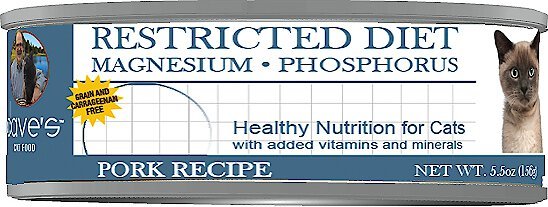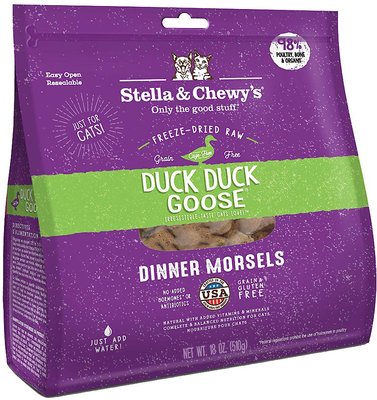Purina AquaMax 4000 Pond Fish Feed, 50 lb.
The Purina Aquamax Pondfish 4000 Pond Fish Feed is 100% nutritionally complete for omnivorous fish and was developed by professional nutritionists and fish experts. The pond fish feed is formulated as an easily-digestible, high-energy and nutrient-dense diet with an excellent conversion rate. This fish feed also has superior feed efficiency and supplements your pond’s natural food source.
The Purina Aquamax Pondfish 4000 Pond Fish Feed is 100% nutritionally complete for omnivorous fish and was developed by professional nutritionists and fish experts. The pond fish feed is formulated as an easily-digestible, high-energy and nutrient-dense diet with an excellent conversion rate. This fish feed also has superior feed efficiency and supplements your pond’s natural food source.
- 100% nutritionally complete and balanced diet for omnivorous fish
- 3/16 in. particle size is suitable for many species of pond fish
- 36% protein and 6% fat to support muscle growth, but not excessive fat of salmonid diets
- Little waste and optimal feed conversion
- Floating diet is easy to manage and designed to address overfeeding
- High digestibility – Significant nutrient absorption means cleaner water
- Highly palatable to help ensure proper consumption
- Fish feed is ideal for catfish and tilapia
- Store in dry and well-ventilated area protected from rodents and insects; do not feed moldy or insect-infested feed
Additional information
| Feed Packaged Weight | 50 lb. |
|---|---|
| Fish Type | Freshwater Fish, Catfish, Tilapia |
| Food Form | Pellet |
| Packaged Height | 35 in. |
| Packaged Length | 6 in. |
| Packaged Width | 15 in. |
| Package Size | 50 lb. |
| Packaging Type | Bag |
| Manufacturer Part Number | 1470 |











by Ronald
The fish in our pond don’t like it as well as the Purina Sport fish food. We switched because the AquaMax 4000 was less expensive but a great deal of it goes to waste because the fish will not eat it.
by Chris
My koi and goldfish love this food… great price and quality!
by Chris
Catfish love it.
by James
Product arrived on time and in good condition.